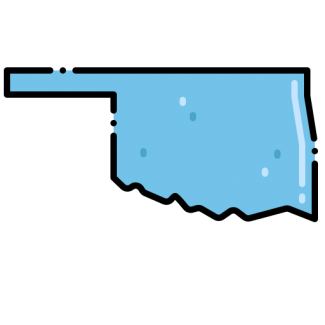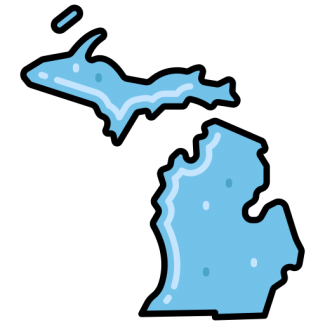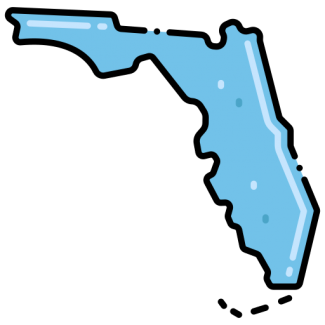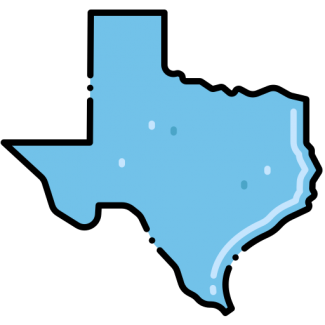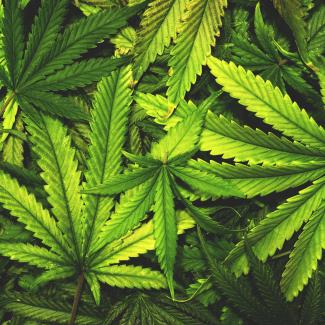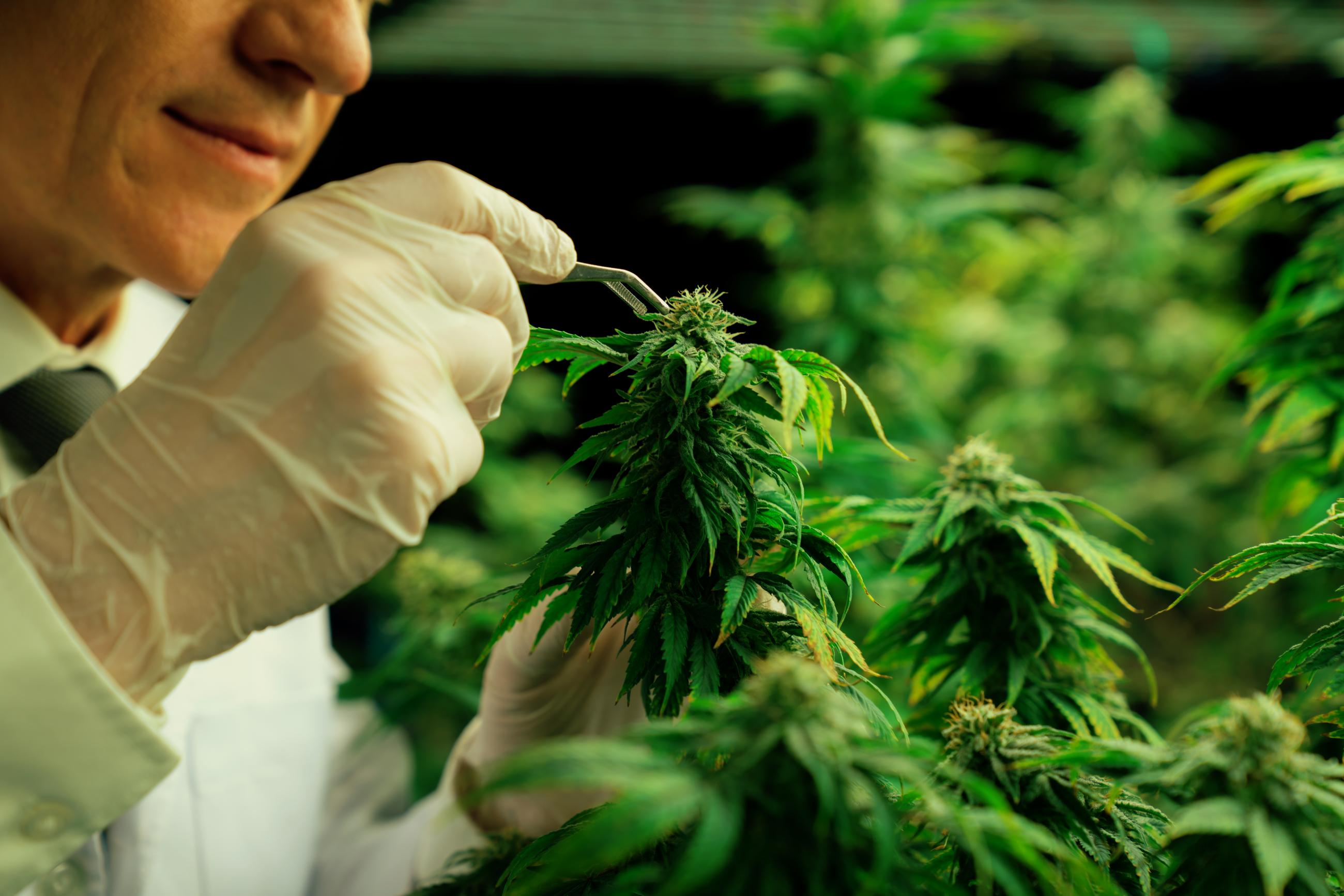Although some medical marijuana growers may discard male plants, they can be used for cannabis cultivation and breeding. Male weed plants may be less desirable than their female counterparts, but they still have their own crucial uses. Learn about the differences between male and female weed plants, male weed plant usage, and the benefits of male weed plants below.
MALE VS. FEMALE WEED PLANTS
Once a cannabis plant ends its vegetative stage and begins the flowering process, it is possible to discern the plant’s sex within one to three weeks. Plants grown indoors often display their male or female tendencies faster. There are also hermaphrodite cannabis plants, which have both male and female organs, usually caused by excessive stress. With regards to cannabis plant anatomy, there are numerous ways to tell female and male plants apart, including checking the plants’ nodes or joints.
Characteristics of Male Marijuana Plants:
- Pre-flowers tend to have small sacs
- Thicker stalks
- Fewer leaves
- Do not produce usable buds
- Flowers are characterized by small, dangling, bell-shaped clusters
- Produce lower levels of potentially therapeutic cannabinoids (e.g., THC)
- Produce less psychoactive effects
- Weaker flavors/aromas
Characteristics of Female Marijuana Plants:
- Pre-flowers tend to have pistils or hairs
- Thinner stalks
- More leaves
- Produce usable buds
- Flowers are teardrop-shaped
- Produce higher levels of potentially therapeutic cannabinoids (e.g., THC)
- Produce more psychoactive effects
- Stronger flavors/aromas
WHAT ARE THE MALE WEED PLANTS USED FOR?
Male weed plants are primarily used in breeding to perpetuate the cannabis life cycle. However, they also have many other possible uses, including:
Soil Enrichment
Although male plants contain less terpenes than females, they still emit natural scents that can repel pests. Male weed plants also have long taproots that can enrich soil by allowing more moisture and nutrients to penetrate. Additionally, male weed plants contain valuable micronutrients that can be used as compost/mulch.
Hemp Fiber
Because male weed plants produce softer fibers than females, their materials can be used to make linens, napkins, clothing, and more. Males are also known to contain a slightly greater percentage of fiber than their female counterparts.
Hash and Concentrates
Male weed plants’ leaves, pollen sacs, and stems contain enough cannabinoids to condense into a potent extract and make cannabis concentrates.
Edibles
It is also possible to decarboxylate male plants, make cannabutter, and then infuse moderate cannabinoid levels into food and drinks.
Cannabis Juice/Tea
Male cannabis plants contain the same cannabinoids as females, just lower in quantity, making them optimal for juicing. Cannabis juice provides the benefits of cannabinoids like CBD without the high. If using this method, it is important to avoid the thicker stalks or bigger leaves to avoid a bitter taste.
Seeds
Cannabis seeds are healthy sources of amino acids, fatty acids, and vitamins. Female cannabis flowers are only able to produce seeds when exposed to male pollen, so growers must disperse males throughout the garden.
Roots
The roots of male weed plants are filled with potentially valuable phytochemicals. More research needs to be done on this subject, but scientists are currently aware of promising triterpenoids and alkaloids.
BENEFITS OF MALE CANNABIS PLANTS
Male cannabis plants have numerous benefits, such as diversifying the gene pool, garden enhancement, and usage versatility.
Diversifying the Gene Pool
Male cannabis plants can help certain gene pools remain for generations, allowing growers to retain specific characteristics in their plants. It allows the grower to select qualities, including cannabinoid and terpene profiles, to produce a variety of strains.
Garden Enhancement
Male cannabis plants produce terpenes, such as pinene, limonene, and borneol. These terpenes can act as insect/pest repellants for other crops. Male weed plants also contain valuable micronutrients that can be used as compost/mulch. Male weed plants also have long taproots that can enrich soil by allowing more moisture and nutrients to penetrate.
Usage Versatility
Another benefit of male cannabis plants is the wide-ranging ways they can be used. As discussed above, the soft fibers from male plants can be used to make fine grades of cloth, which could then be used to make a variety of household items, such as linens, napkins, clothing, and more. Additionally, cannabinoids from male plants’ leaves, sacs, and stems can be condensed into a potent extract, producing cannabis concentrates and hash. The cannabinoids from male cannabis plants can also be made into raw juice with pharmacological benefits. Male cannabis plants can also be made into cannabutter and other oils. The effects of male weed plants are said to be enjoyably cerebral, rather than psychoactive, but more research must be done to confirm this.
FAQ
How to Tell Male from Female Pot Plants?
Male pot plants have thicker stalks, fewer leaves, and their flowers are characterized by small, dangling, bell-shaped clusters. Female pot plants have thinner stalks, more leaves, and their flowers are teardrop shaped.
What Does a Male Weed Plant Look Like?
For male weed plants, the pre-flowers tend to have small sacs. The plants have thicker stalks and fewer leaves than their female counterparts. They do not produce usable buds. Their flowers are characterized by small, dangling, bell-shaped clusters.
What to do with Male Marijuana Plants?
Male marijuana plants can be used to perpetuate the cannabis life cycle and for soil enrichment, hemp fiber, hash and concentrates, edibles, and cannabis juice/tea. Their seeds and roots can also be utilized.
How Many Leaves Does a Weed Plant Have?
Male marijuana plants anywhere from five to nine leaves. They typically have fewer leaves than female marijuana plants, which tend to be towards the higher end of that range.
When Do Male Plants Release Pollen?
Male plants release pollen around four to five weeks into the flowering stage once a male plant has reached maturity. This occurs when the sacs open, releasing pollen into the air.









